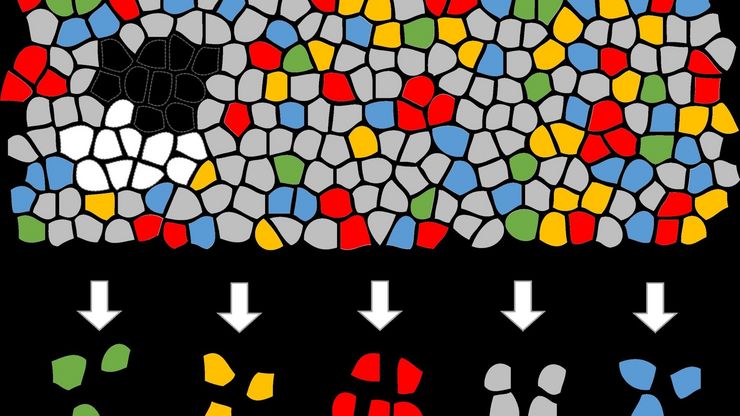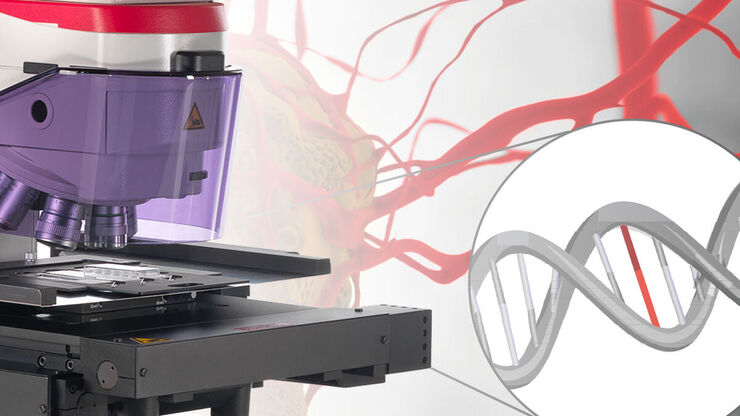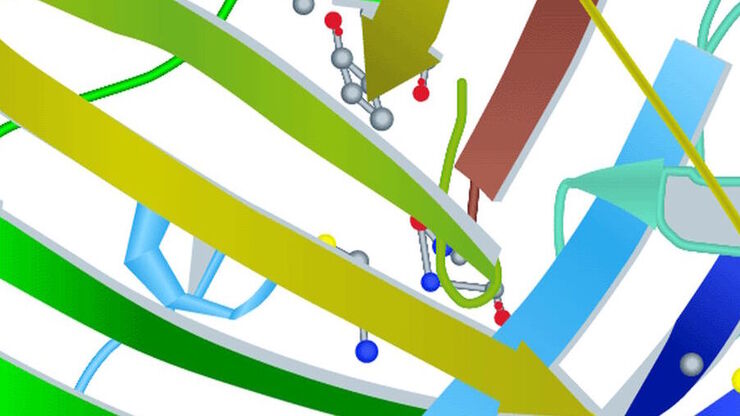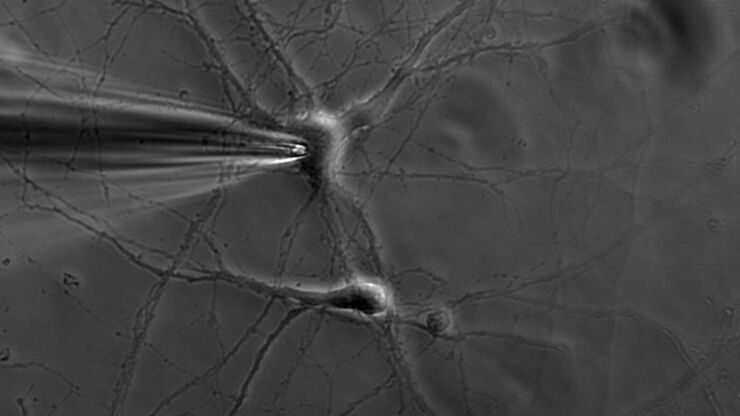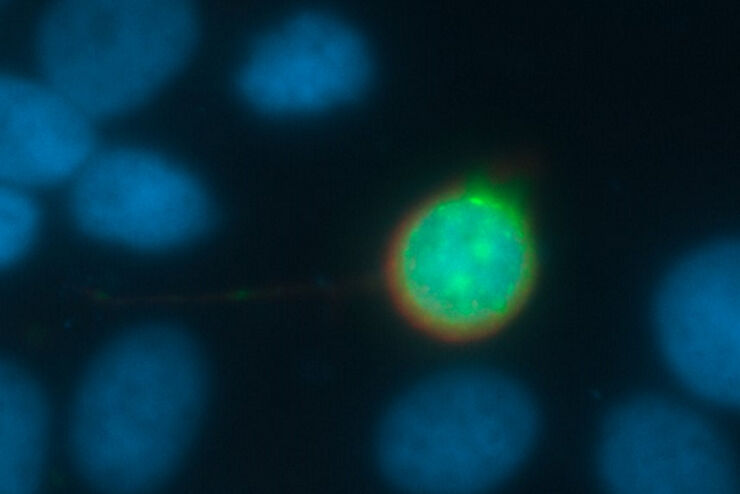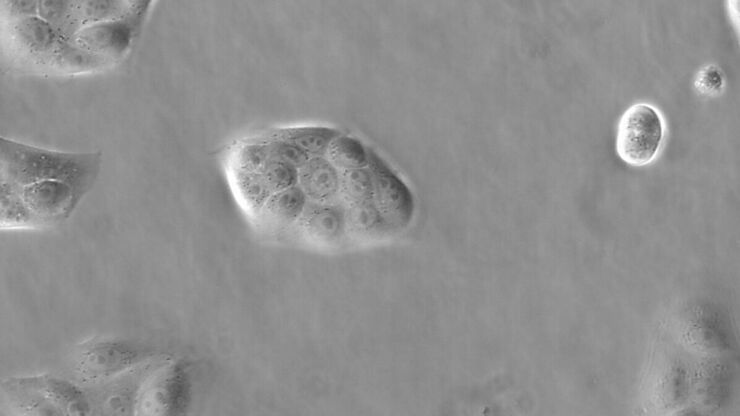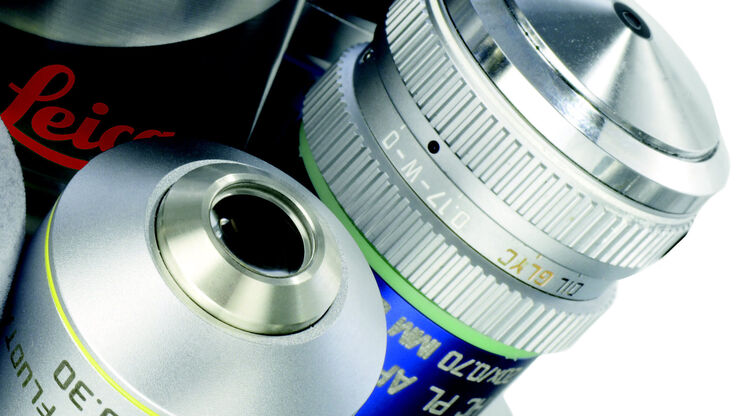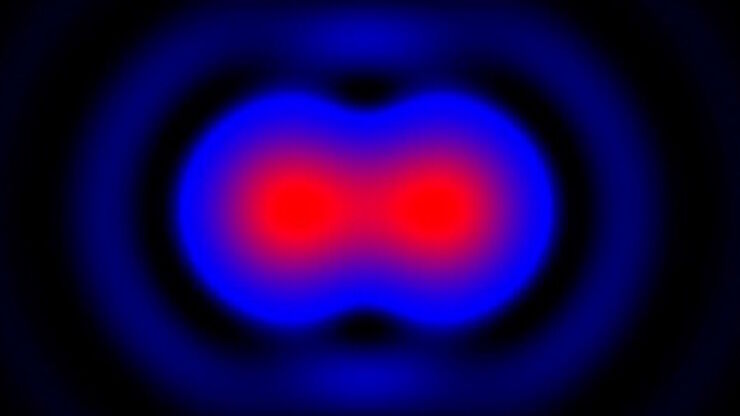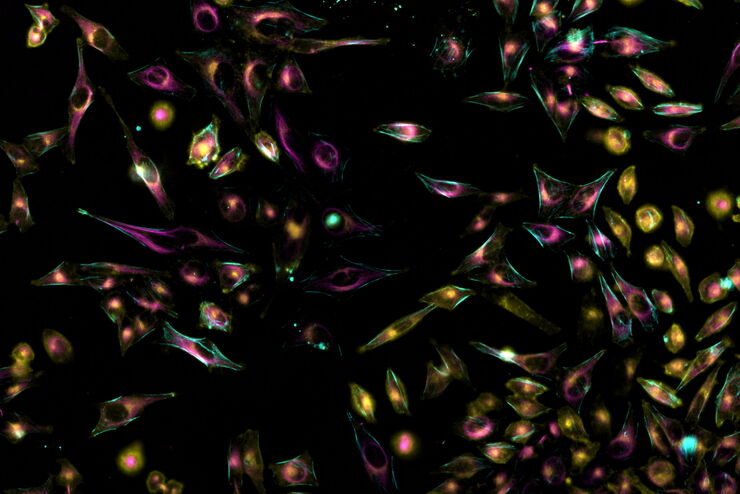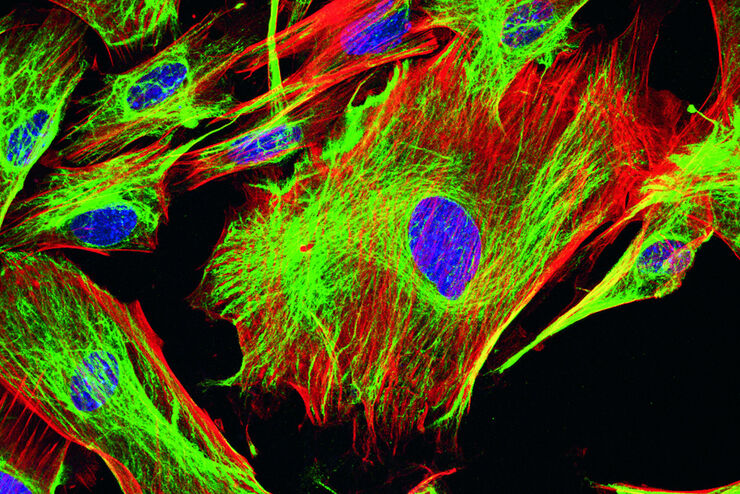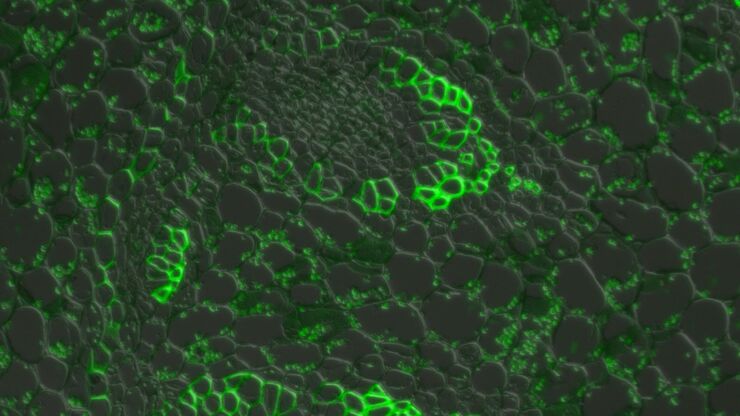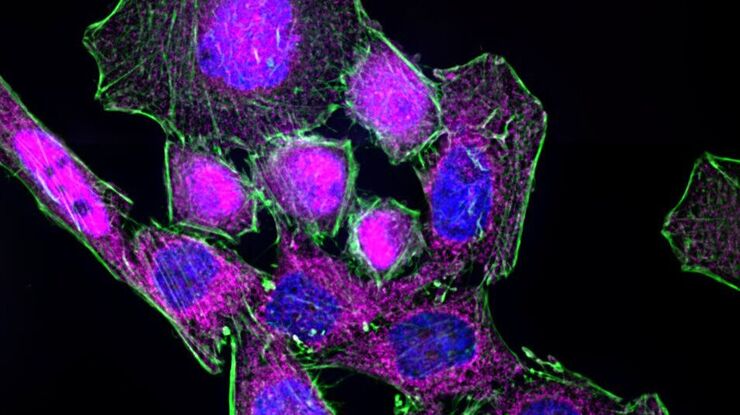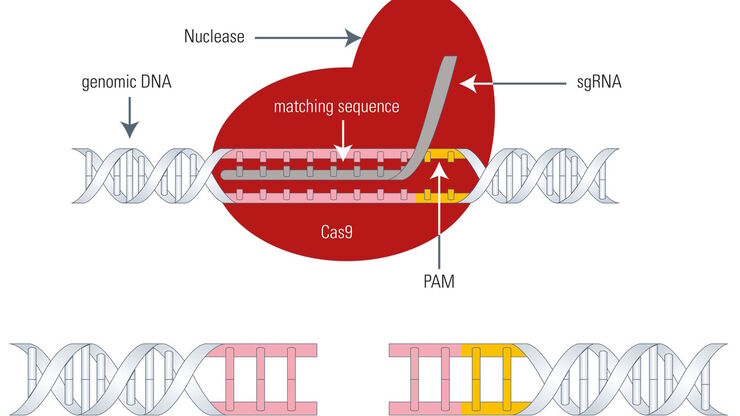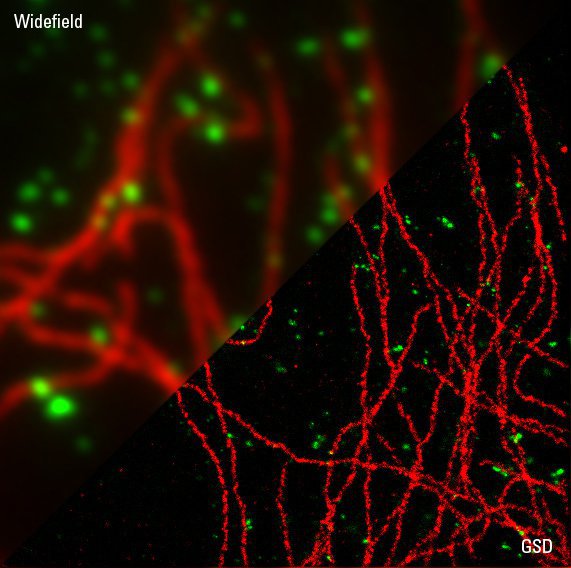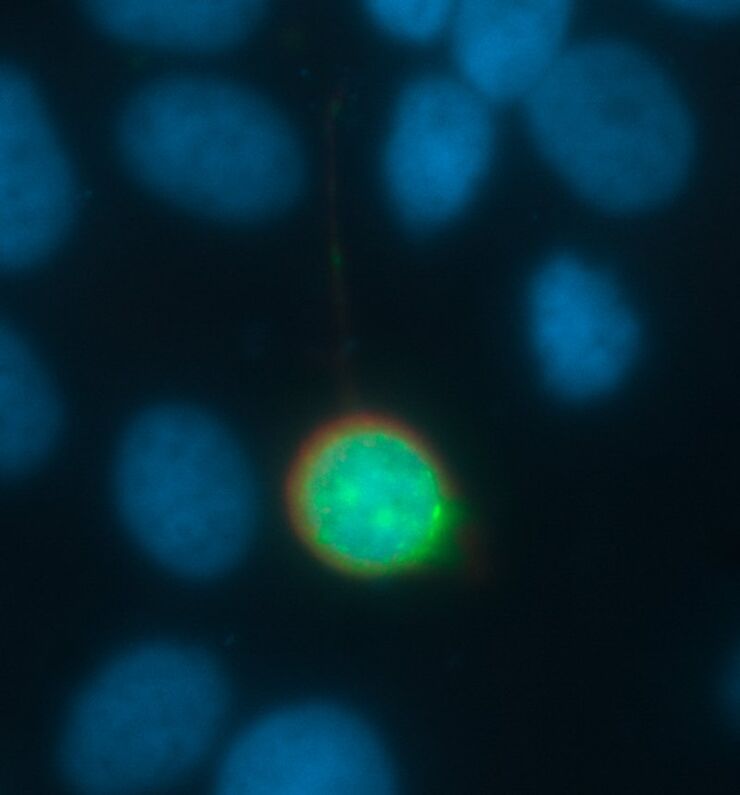Christoph Greb , Dr.

Christoph Greb studied cell biology, parasitology and virology at the Philipps University in Marburg. In the course of his diploma thesis and his dissertation at the local Institute for Cytobiology and Cytopathology he examined the vesicular transport of apically destined proteins in polarized epithelial cells utilizing biochemistry as well as TIRF and confocal microscopy. From December 2011 he was writing for the Leica Science Lab as a freelancer. After his engagement for Novartis Vaccines & Diagnostics he started as Scientific Writer for the widefield team of Leica Microsystems in October 2013.

